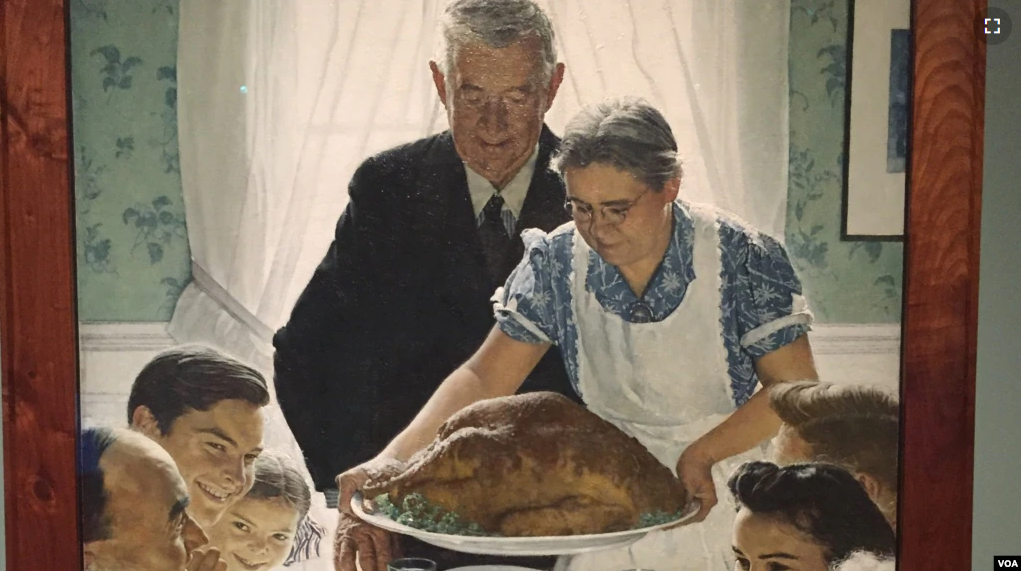In September 1789, the government of the United States was only a few months old. George Washington was president – the nation’s first. Congress was new, too. Some of the early lawmakers came to the president with a question: Would he call for a national Thanksgiving?
One aim was to help unify the young country, which was made of the 13 former colonies. Calling a national Thanksgiving would be a way to bring Americans together.
But other lawmakers strongly objected to the idea. Critics had two main concerns.
First, some saw Thanksgiving as a religious holiday. They noted the president could not use the power of the federal government to urge Americans to follow — or not follow — a religious tradition.
Second, opponents of the measure believed the president did not have the right to call a national Thanksgiving. That power belonged to the leader of each state, they said.
In the end, Washington did formally call for a national Thanksgiving. It was the country’s first presidential proclamation. In it, he called for a national “day of public thanksgiving and prayer.”
He also tried to satisfy opponents of the idea.
Melanie Kirkpatrick is the writer of “Thanksgiving: The Holiday at the Heart of the American Experience.” She explains that Washington sent copies of his proclamation to the leader of each of the 13 states. He asked them to call a national Thanksgiving on the day he had chosen.
The president was very well respected, Kirkpatrick notes. And so the state leaders all agreed.
In the years that followed, some presidents issued their own proclamations for a day of thanksgiving; many others did not.
Finally, in 1941, lawmakers in Congress made the fourth Thursday in November a legal holiday.
This Thanksgiving, millions of Americans will gather to eat a meal and express their thanks. Their gatherings may echo George Washington’s first Thanksgiving proclamation. In it, the first president made a point of declaring that people of all religions should celebrate Thanksgiving.
That idea is still important. Almost everyone in the country, including immigrants, observes the holiday in some way.
Kirkpatrick says that for new Americans, the day can be a rite of passage. In her words, “The idea is that once you celebrate Thanksgiving, you know you are truly participating in a national festival that cements your position as an American.”
I’m Kelly Jean Kelly.
Dora Mekouar wrote this story for VOA. Kelly Jean Kelly adapted it for Learning English. Ashley Thompson was the editor.
____________________________________________________________
Words in This Story
proclamation – n. an official statement or announcement made by a person in power or by a government
echo – v. to have a feature or quality that repeats or resembles (something else)
rite of passage – n. an act that is a symbol of an important change in someone’s life
participate – v. to be involved with others in doing something : to take part in an activity or event with others
cement – v. to make (something) stronger
